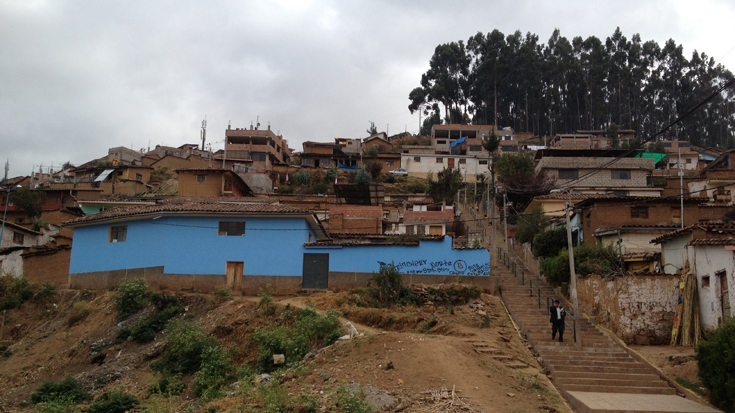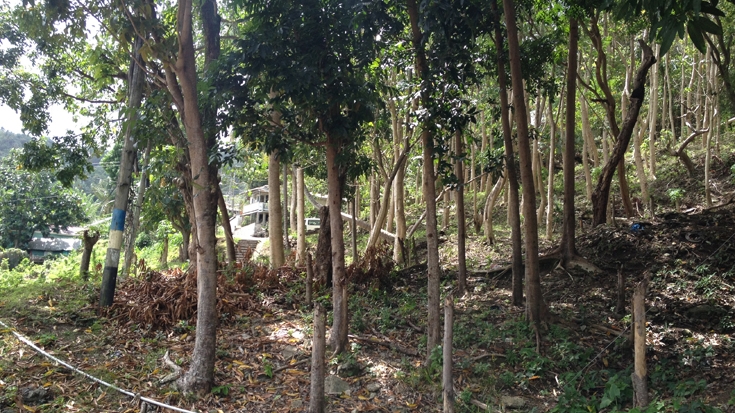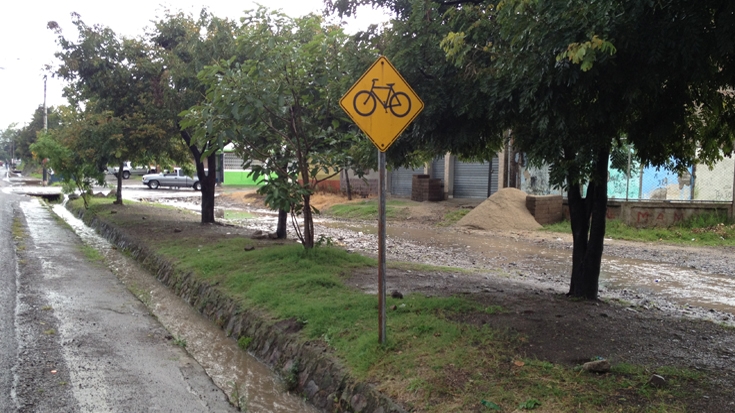SMSC in the LAC region are diverse in location, topography and socio-economic and institutional make-up, yet many are struggling with similar challenges caused by rapid urban growth, weak capacities in urban planning and inadequate provision for public services and infrastructure. SMSC are also less likely to have had access to climate change adaptation (CCA) training, financing or knowledge networks. The ultimate goal of the initiative was to strengthen local adaptive capacity and to increase urban resilience through mainstreaming climate change adaptation into current planning systems.
Five medium sized cities were selected: Castries, Saint Lucia; Cusco, Peru; El Progreso, Honduras; Estelí, Nicaragua; and Santos, Brazil. Over the course of one and a half years, the task team worked with these cities to conduct three assessments to evaluate their i) climate related risks, ii) institutional adaptive capacities, and iii) socio-economic capacities to adapt to climate change. These assessments, in conjunction with a series of consultative workshops with city planners and decision-makers, resulted in the development of Strategic Climate Adaptation Investment and Institutional Strengthening Plans for each city. These plans identify priority investments and activities to strengthen institutional capacities for climate change adaptation.
This initiative produced two additional significant outcomes – an adaptation guidebook and planning themes for each of the pilot cities that may also be applied to the broader LAC region.
Adaptation Guidebook
The pilot program activities provided inputs for a regional adaptation guidebook for LAC that is being designed for city officials and decision-makers in SMSC to strategically plan, prioritize, and take action to invest in climate change adaptation, with a focus on floods and landslide hazards. Through future knowledge exchange and collaboration, this guidebook may serve other regions facing similar challenges.
Planning Themes
Through the pilot program, three common planning themes to improve climate resilience and address risks for SMSC surfaced:
- Enhance land use planning systems
- Improve budgetary resources and mechanisms for data collection, storage and sharing
- Consolidate capacity building efforts in city level government institutions
Pilot City Priority Themes


